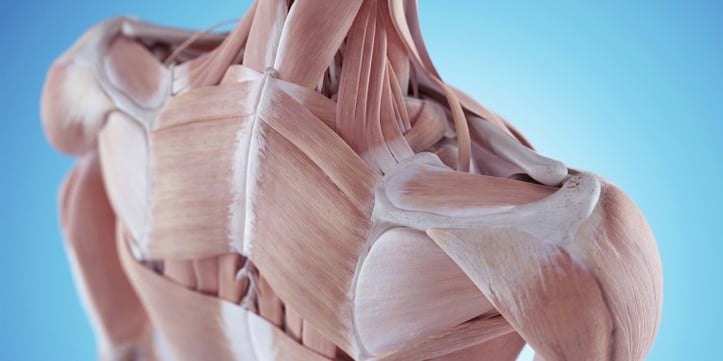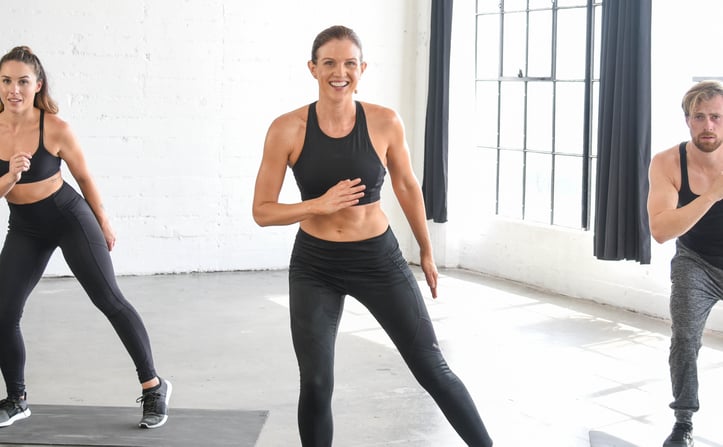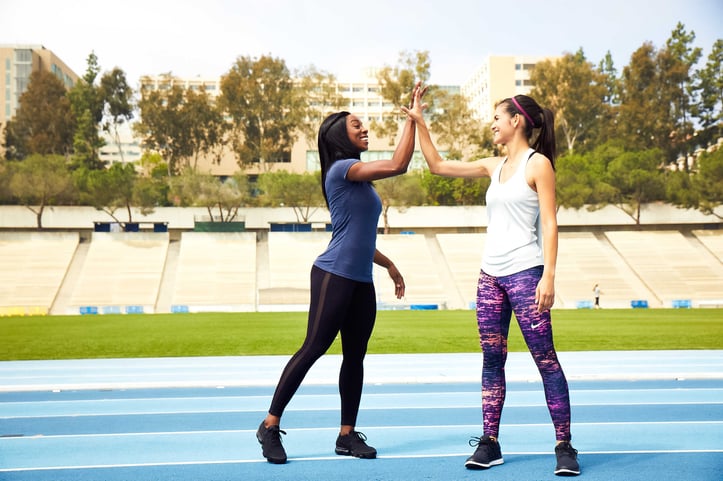Master Goblet Squats: Science & Steps to Build Stronger, More Defined Glutes

Master Goblet Squats: Science & Steps to Build Stronger, More Defined Glutes
Your glutes aren’t just for aesthetics—they’re the engine of your lower body, powering movements like walking, jumping, and lifting. If you’re looking to strengthen these critical muscles, goblet squats might be your new best friend. Unlike barbell squats, which require advanced stability, goblet squats are beginner-friendly yet highly effective for glute activation. Here’s how to do them right, backed by science and expert insights.
Why Goblet Squats Shine for Glute Growth
The goblet squat’s secret lies in its biomechanics. A 2021 study in the Journal of Strength and Conditioning Research found that holding a kettlebell (or dumbbell) at chest level shifts your center of gravity forward, forcing your glutes to work harder to maintain balance—especially during the upward phase. ACE-certified trainer Sarah Mitchell explains, "The weight at your core encourages a deeper hip hinge, which is key for glute maximus activation, not just quad dominance."
This is a game-changer for beginners: it’s easier to feel your glutes ‘turn on’ compared to back squats, where improper form often leads to overusing quads or lower back.
Step-by-Step: Perfect Goblet Squat Form
- Grip & Setup: Hold a kettlebell (start with 10-15 lbs/4.5-6.8 kg) with both hands, elbows close to your ribs. Stand with feet shoulder-width, toes slightly outward (10-15 degrees).
- Hinge, Don’t Bend: Push your hips back like you’re sitting into a chair—this is the glute’s cue. Keep your chest up, spine neutral (imagine a string pulling your head toward the ceiling).
- Descend with Control: Lower until your thighs are parallel to the floor (or deeper if flexible). Your knees should track over your toes—no inward collapse (a common mistake that strains knees).
- Drive Through Heels: Push up by extending your hips, squeezing your glutes at the top. Pause 1-2 seconds in full extension to emphasize the ‘peak contraction’—critical for muscle hypertrophy.
Pro Tip: If you round your lower back, place a small pad behind it (against a wall) to remind you to keep it braced.
Common Mistakes (and How to Fix Them)
- Knees Caving In: Strengthen your hip abductors with clamshells or resistance band walks pre-workout. During squats, think ‘push knees out’ as you descend.
- Rushing the Upward Phase: Slow the concentric (lifting) phase to 2-3 seconds. This increases time under tension, a key driver of muscle growth (NASM, 2022).
- Too Much Weight Too Soon: Prioritize form over load. If you can’t keep your chest up or feel lower back strain, drop the weight.
Who Should (and Shouldn’t) Do Goblet Squats
Great for: Beginners, those with shoulder/upper back tightness (no barbell on the neck), and anyone wanting to ‘feel’ their glutes.
Adjustments for: If hip flexibility is limited (e.g., tight hip flexors), elevate your heels slightly with a 1-inch pad. This reduces hip flexion demand while keeping glutes engaged.
Your 4-Week Glute Growth Plan
Start with 3 sets of 12-15 reps, 2x/week. As form improves, increase weight by 5-10% every 2 weeks. Pair with 2-3 sets of glute bridges (hold 3 seconds at the top) for synergistic growth.
Take Action: Start Today
Your glutes respond to consistent, focused effort. This week, carve out 10 minutes to practice goblet squats—film yourself to check form, or ask a certified trainer to watch. In 4 weeks, you’ll notice tighter glutes and stronger lifts in other exercises.
Remember: Every squat is a step toward better strength, posture, and confidence. Let your glutes lead the way!

Fit vs Fat: Decoding Health's True Ruler

Pump Up Your Heart: Science-Driven Weight Loss

Wellness Technology: Your Path to Sustainable Weight Loss

A Sensible Guide to Dietary New Year's Resolutions

Prevent Shoulder and Rotator Cuff Injuries with Corrective Exercises

Overcome Fitness Plateaus: 4 Tips for Success

10 x 10 Thanksgiving Day Circuit: A Fitness Guide

Unleash Your Fitness Potential with Kit Rich's Training Secrets

The Future of Fitness: A Guide for Beginners to Intermediates

